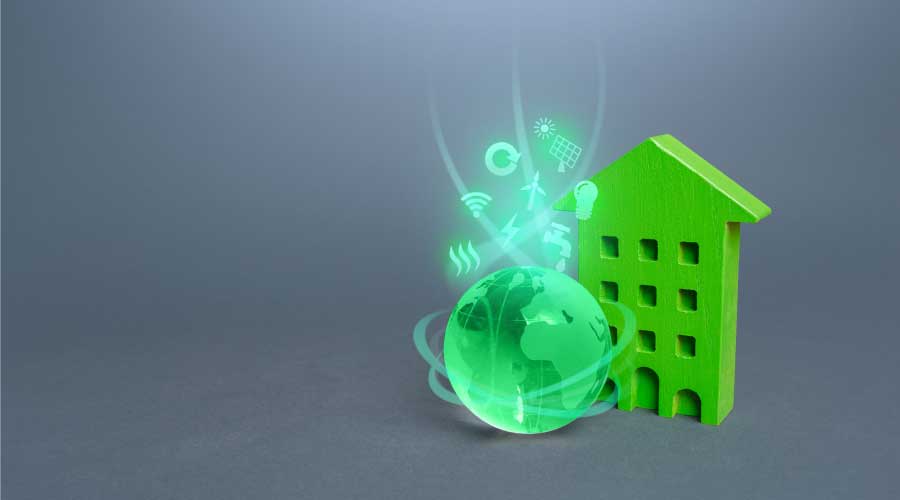Installation Considerations for Utility Meters
One master utility meter generally is not enough to generate the type of energy information many managers need. Submetering systems give managers much more detailed load profiling. Managers can use the collected data to understand energy-use trends, implement demand response and control, profile an entire facility for demand-management and load-shedding measures, and locate any spare capacity within the electrical system.
Installing separate meters downstream of the primary billing meter also enables technicians to monitor specific points in the system. For example, technicians on a campus might set up submeters on a building-by-building basis to allocate energy costs among departments. In single buildings, managers can minimize the number of submeters by group system circuits and monitor the distribution.
Some submeters can transfer data, while others also can record and store interval data. In addition, intelligent-breaker technology allows system operators to control individual circuits in a distribution system and monitor system data separately.
Managers should schedule the installation of submeters on lighting, HVAC, and alternative-energy systems. This strategy will produce the most valuable trending data. Managers then can reconfigure and display this data for review by facility occupants and visitors with an energy dashboard that presents the information in a way they understand.
Each facility produces its own energy-load profile, and they use specific circuits and systems that would be helpful monitors. Managers can customize submetering systems to maximize the technology's benefits and flexibility for the facility. A well-designed submetering system also enables managers to plan for a facility's evolution in an effort to meet the organization's changing energy use and demand needs.
One additional advantage of submeters is that managers can have them installed easily in both new and existing facilities. They generally cost less than most utility-scale master primary meters. Managers also do not have to worry about making major interior or equipment changes in a building to integrate the meters into an existing electrical-distribution system. The installation process often entails only connecting current sensor clamps around each phase of electrical feeders and adding potential taps.
To ensure effective performance, managers also should arrange for the proper maintenance of the submeters by implementing commissioning and preventive maintenance plans. As part of this effort, technicians should check communication gateways and networking to make sure each control wire in the system functions properly and interacts within the system.
For either new projects or retrofits, managers should consider the involvement of a commissioning agent, both to provide quality control and to ensure technicians install and calibrate building submeters, as well as metered systems, as intended based on the original design. The unit should deliver data managers can access quickly and easily via the Internet or another web-based platform.
Related Topics:













